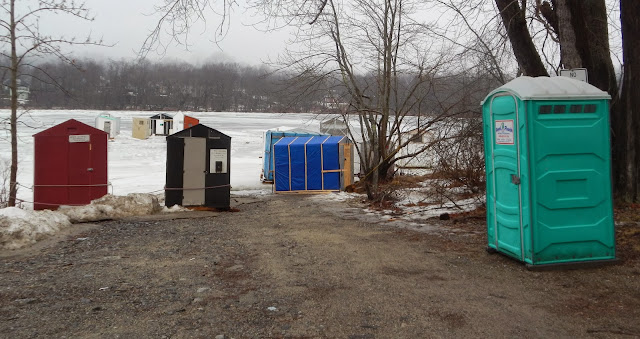 |
| Evening falls on the Harraseeket River. |
I count myself as lucky. Not the least of my blessings is calling Maine my home; and especially Casco Bay. My free time is often spent out enjoying the bay in some way -- boating, hiking, gobbling down a lobster roll at a seaside restaurant, wading through tidepools looking for that special find, or simply sitting by the water and contemplating life. The bay's become a part of my life, as the best places often do, and it's my favorite part of Maine.
In no particular order, here are 20 reasons we all should love Casco Bay:
1) Casco Bay is roughly 20 miles across, nestled between Cape Elizabeth and Cape Small. In the middle of the entrance lies "Halfway Rock", an isolated lighthouse the operates under some of the most severe conditions.
2) There are seven lighthouses total: the twin Cape Elizabeth lights, Portland Head light, Spring Point Ledge light, Portland Breakwater (Bug) light, Ram Island light, Halfway Rock light, and the tiny Pocahontas light on Great Diamond Island (at six feet tall the smallest lighthouse recognized by the Coast Guard).
3) The Calendar Islands are found in Casco Bay -- so called because there's an island for every day of the year (the actual number of islands is still disputed, but there are several hundred).
4) There are five year-round island communities in Casco Bay -- Peak's Island; Chebeague Island; Cliff Island; Great Diamond Island; and Long Island.
5) Casco Bay is home to "Junk of Pork", "Pound of Tea", and "Sow and Pigs" Islands.
6) Walter Cronkite (amongst many others) said Casco Bay offers some of the best sailing in the world -- and he was the most trusted man in America in his day, so it must be true.
7) The world's only cribstone bridge connects Bailey and Orr's Islands.
8) Oysters, clams, mussels, scallops, and kelp are all sustainably cultured in Casco Bay.
9) Portland, Maine's largest city and port, is part of the Bay. The town was destroyed several times over its history, first by Native Americans, then by the British, and finally by massive fires. Despite the bad run of luck, Portland turns out to be pretty darn hip, with a high quality of life rating; low unemployment; a gay-friendly vibe; and some of the country's best restaurants.
10) There are still sub-spotting towers in Casco Bay, reminding us of the dangers that visited our coast in World War II.
11) You can see horseshoe crabs mate at Thomas Point Beach in Brunswick every May and June.
12) Rear Admiral Peary, who led the expedition that may or may not have first reached the North Pole, retired to Eagle Island in Harpswell. The site is a State Park that welcomes visitors in summer.
13) The name Casco is thought to be derived from the Abenaki word aucocisco, which either means "place of herons" or "muddy".
14) The Maine Coast Heritage Trust, the Harpswell Heritage Trust, the Maine Island Trail Association, the Oceanside Conservation Trust, teh Freeport Conservation Trust, and the Chebeague and Cumberland Land Trust all work to preserve land for future generations in Casco Bay.
15) The Friends of Casco Bay are vigilant in protecting the natural resources of Bay.
16) In spring, 50 islands become nesting sites for numerous species of water birds.
17) Casco Bay is one of 28 "Estuaries of National Significance".
18) Harbor porpoises regularly inhabit Casco Bay, and in 2004 a beluga whale, "Poco", visited. (Unfortunately but not surprisingly Poco didn't make it.)
19) Several terrific waterfront restaurants can be found in Casco Bay: Dolphin Marina, Harraseeket Lunch and Lobster, Cooks Lobsterhouse, Estes Lobster House, Holbrooks, Morse's Cribstone Grill, and Sebasco Resort all come to mind.
20) Casco Bay is mere 107 miles from Boston; 33 miles from Augusta, 106 miles from Bangor, and 319 miles from New York City.





































